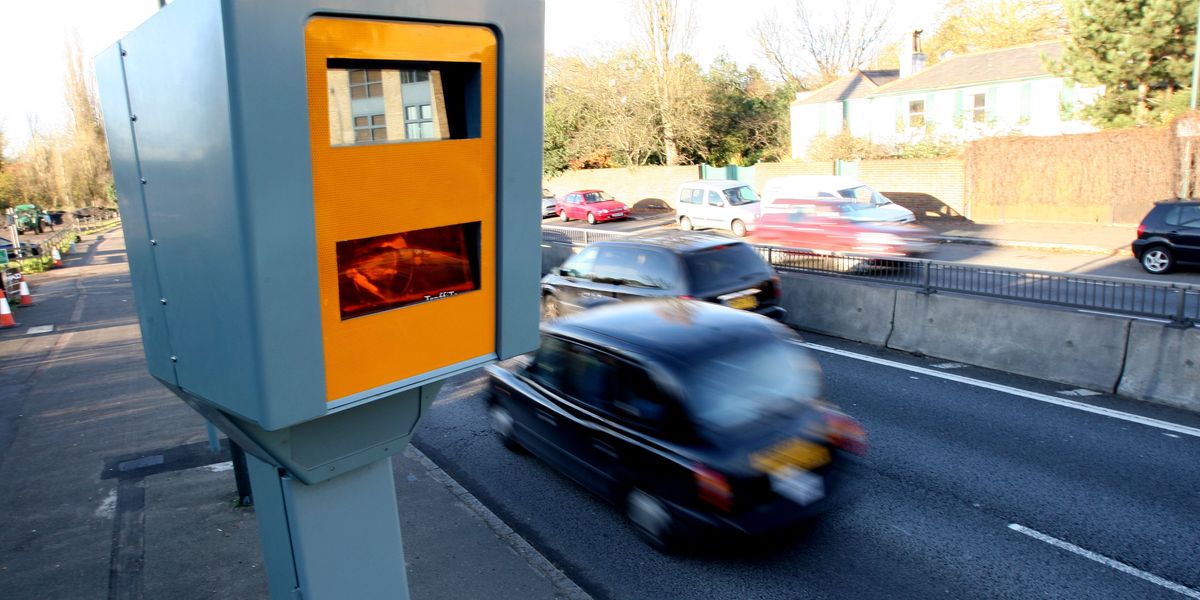An unusually strong jet stream over the Atlantic bringing Storm Eowyn to the UK and Ireland is so powerful it pushed a flight travelling to London to near record speeds, data suggests.
According to Flight Radar, the British Airways fight BA274 from Las Vegas to Heathrow reached a ground speed of 814mph. This put it at just 21mph slower than the subsonic speed record of 835mph.
The Boeing 747 capitalised on the tailwind, which reduced the flight time by approximately an hour.
The Met Office has issued a rare red weather warning for Northern Ireland and some of Scotland for Friday as Storm Eowyn threatens to bring gusts of up to 100mph and “flying debris resulting in danger to life.”
The storm has led to five days of weather warnings being issued from Thursday through to Monday with all of the UK expected to be impacted.
Such high speeds are rare but not unprecedented, especially when flights encounter particularly vigorous jet streams. The jet stream, a fast-flowing, narrow air current, can dramatically affect flight times when they align with aircraft routes.
Wow! According to data from flightradar, BA274 flying Las Vegas to Heathrow has just hit a speed of 814mph thanks to extreme jetstream winds!
The subsonic speed record is 835mph, with the jetstream strengtheing later, this record is under threat https://t.co/uLtJm6DaQu pic.twitter.com/BRWJWm16nq
— BBC Weather (@bbcweather) January 22, 2025
Airline companies often use the jet stream to pick up speed and save on fuel as they travel across the Atlantic.
In September last year, a flight from New York to Lisbon reached 835mph – approximately 260mph faster than a typical top speed for a commercial flight.
Prof Liz Bentley, Chief Executive, Royal Meteorological Society, said: “The jetstream, which is a band of strong winds at the top of the atmosphere around 30,000ft above the ground, provides the mechanism for storms, like Storm Éowyn, to develop. The jetstream in winter is often stronger leading to more storms forming, and its position is often closer to the UK so those developing systems are directed towards our shores.
“The current maximum speed in the jetstream is more than 250mph and data from flightradar24 highlighted that a flight BA from Las Vegas to Heathrow hit a speed of 814mph thanks to the strong tailwind in the jetstream. The subsonic speed record currently stands at 835mph, so that record could well be broken in the coming hours.
What is a jet stream and how does it affect our weather?
The jet stream is a core of strong winds around 30 to 40,000 feet high up in the atmosphere that travels from west to east, meandering across the Atlantic with speeds of about 190 to 220 mph.
It essentially acts like a river of fast-moving air in the atmosphere, constantly moving around to spread heat and energy from the equator to the poles – and it plays a significant role in shaping our weather.
The jet stream steers weather systems across the Atlantic towards Europe. When the jet stream dips south over the UK, it can bring colder, sometimes stormy weather as it drags Arctic air down with it. When it moves north, it often allows warmer, more settled conditions from the south to dominate.
We are seeing the results of the jet stream this week – a major change in the UK’s weather will start on Thursday, with Storm Eowyn arriving on Friday. Heavy rain and strong gusts will hit the country, caused by a powerful jet stream pushing low pressure across the Atlantic and towards the UK after a recent cold spell over North America.
The position and strength of the jet stream can effectively determine the nature of our seasons. A strong jet stream can lead to more unsettled weather with frequent storms and rain, particularly in autumn and winter. A weaker or more northerly positioned jet stream can result in milder, drier conditions.
Additionally, the jet stream’s meandering path can cause blocking patterns, where weather systems get stuck, leading to prolonged periods of one type of weather – such as heatwaves or cold snaps.
In recent years, this was most notably seen during the ‘Beast from the East’ in 2018, where the jet stream’s position allowed cold air from Siberia to impact the UK.



